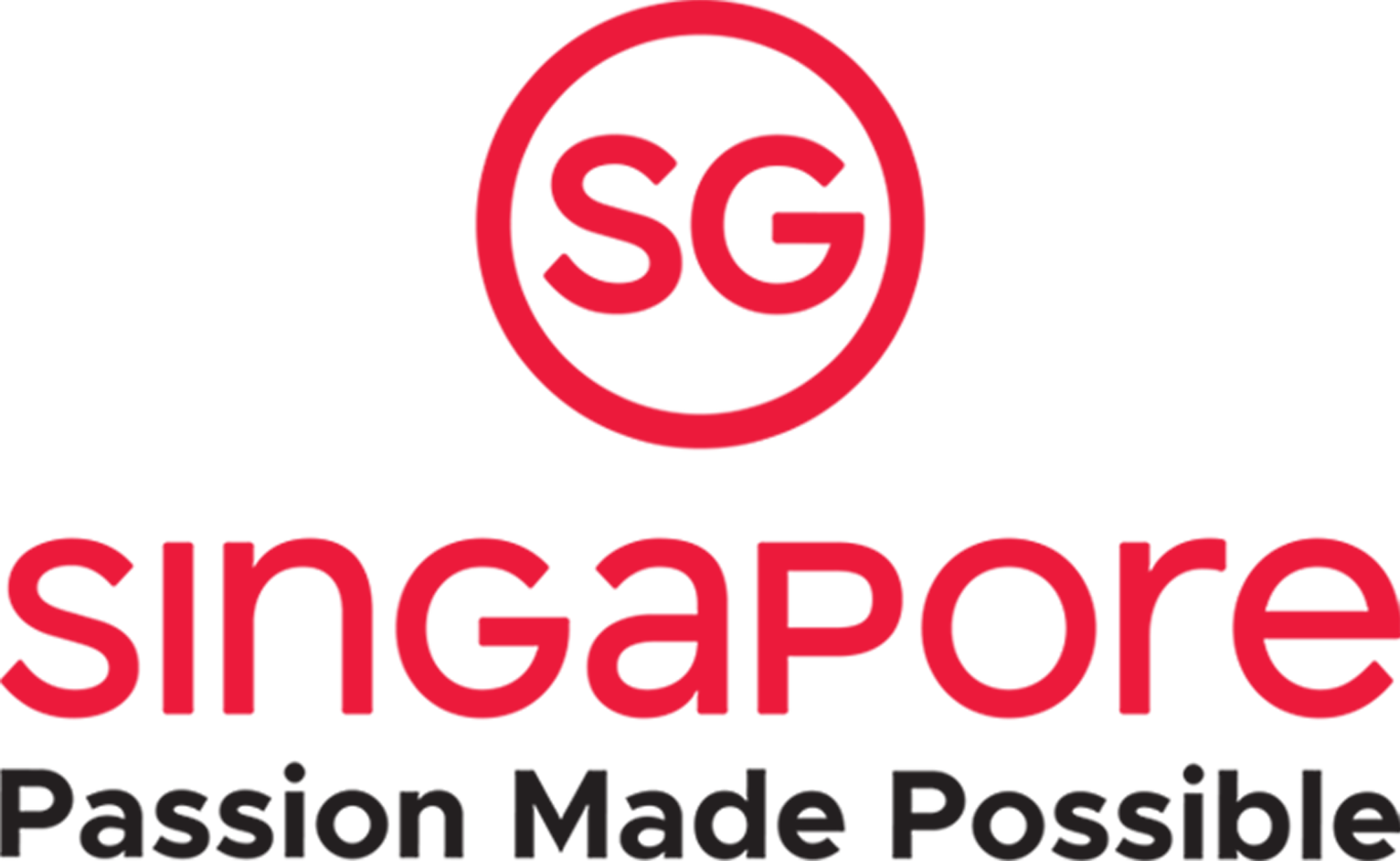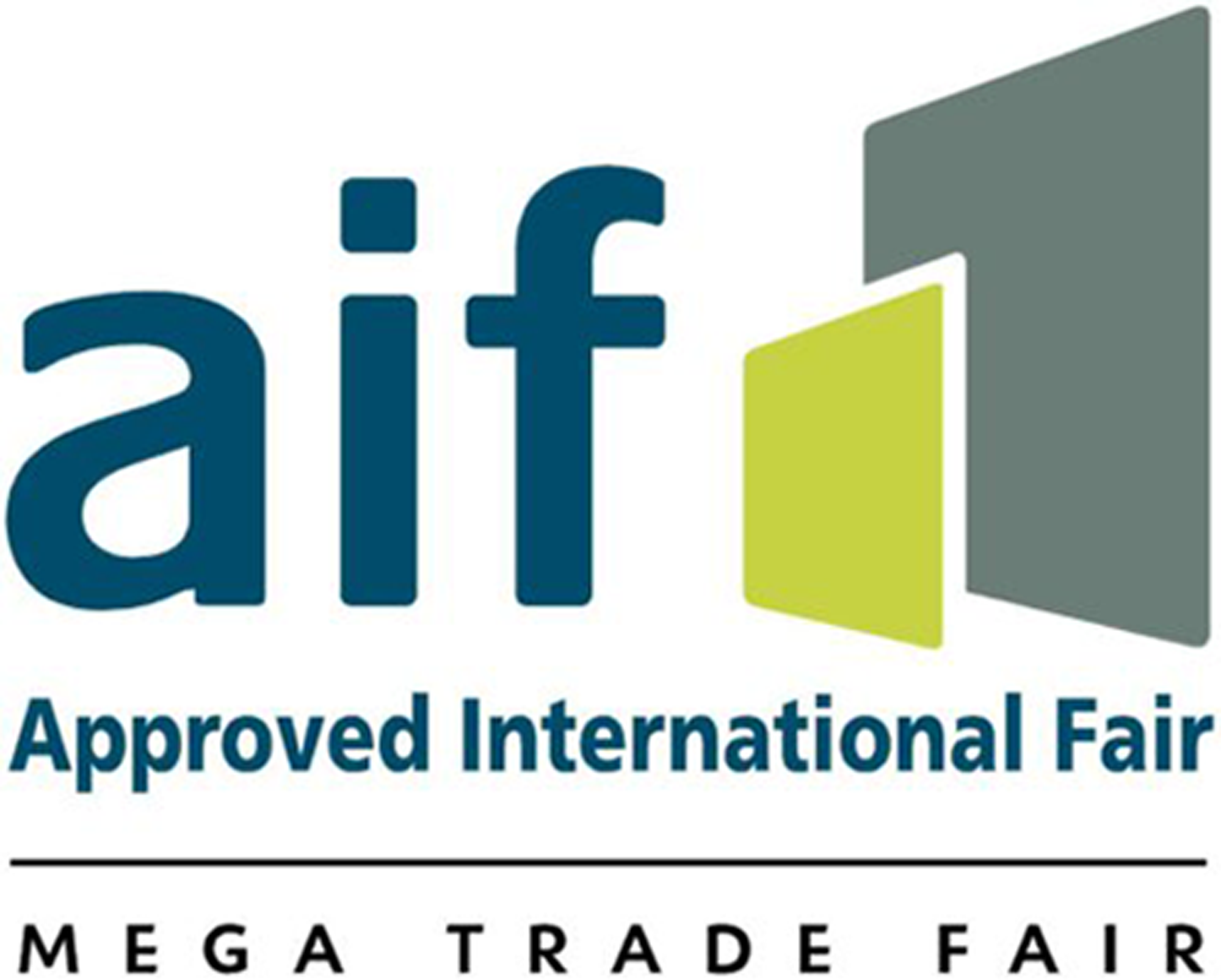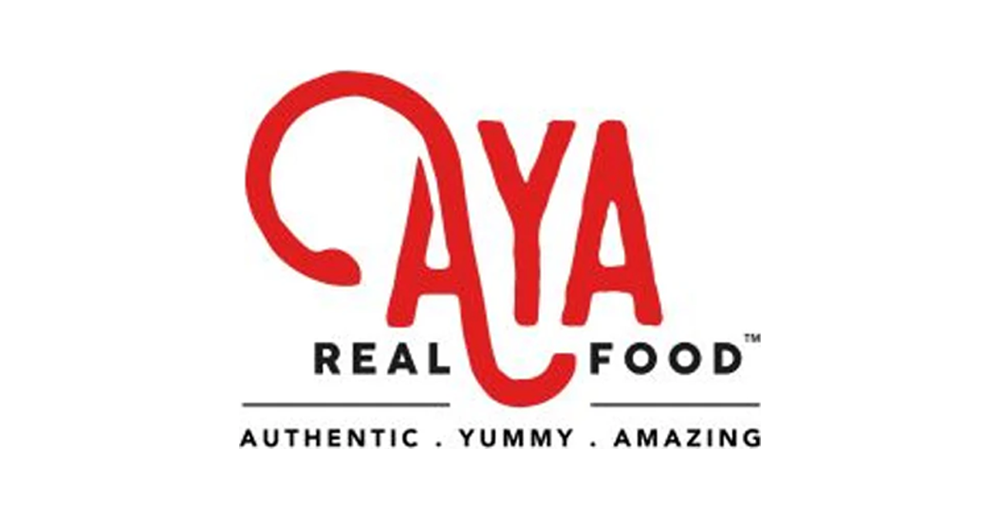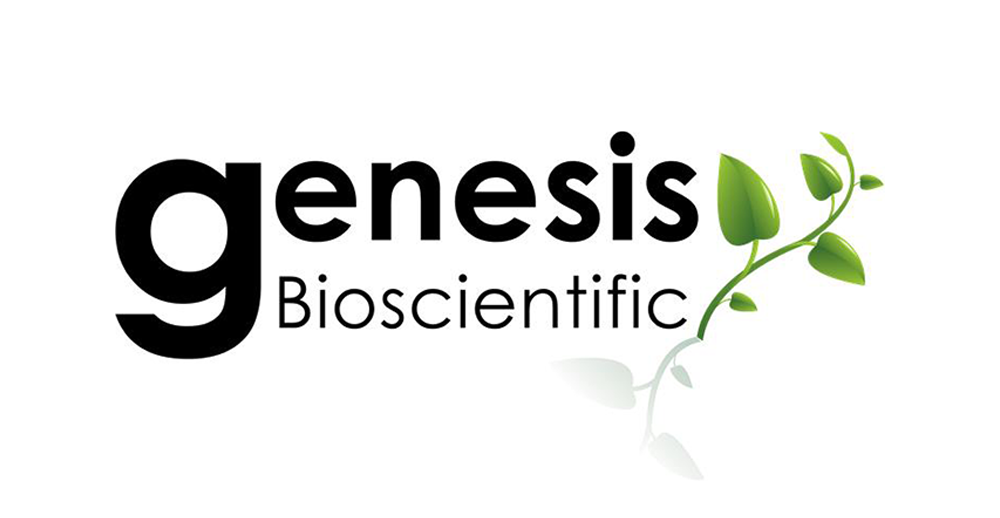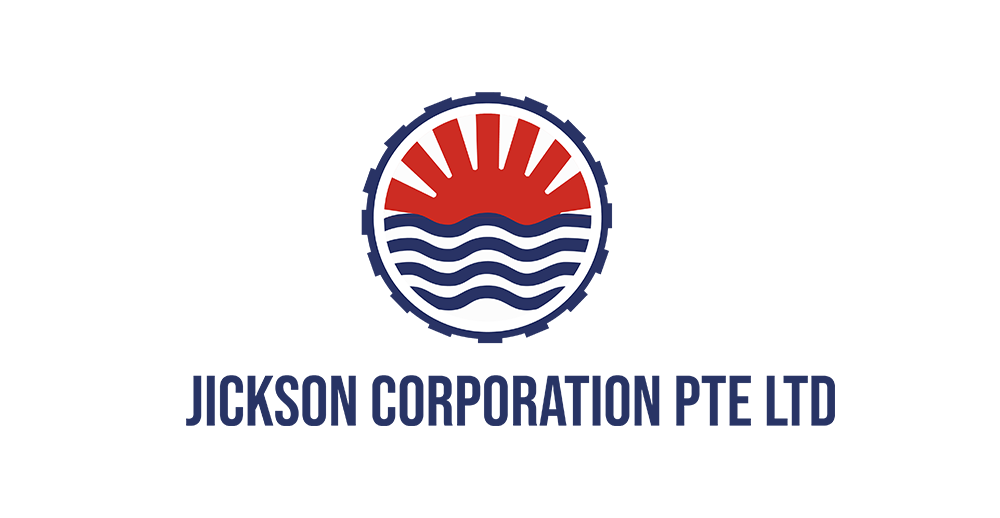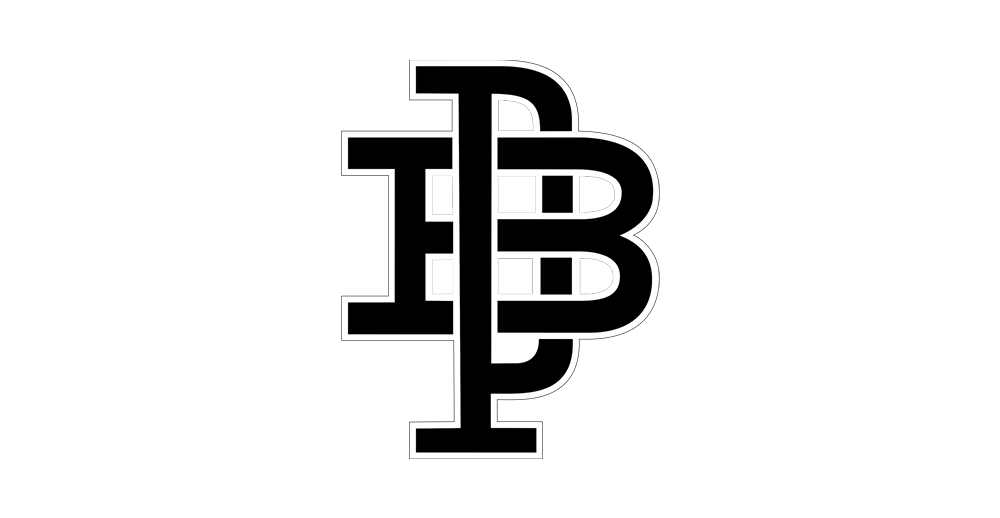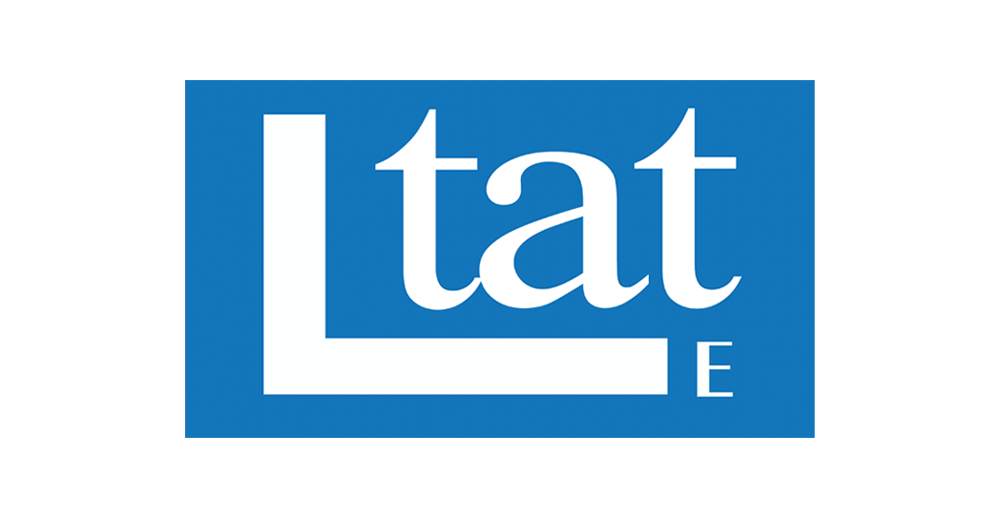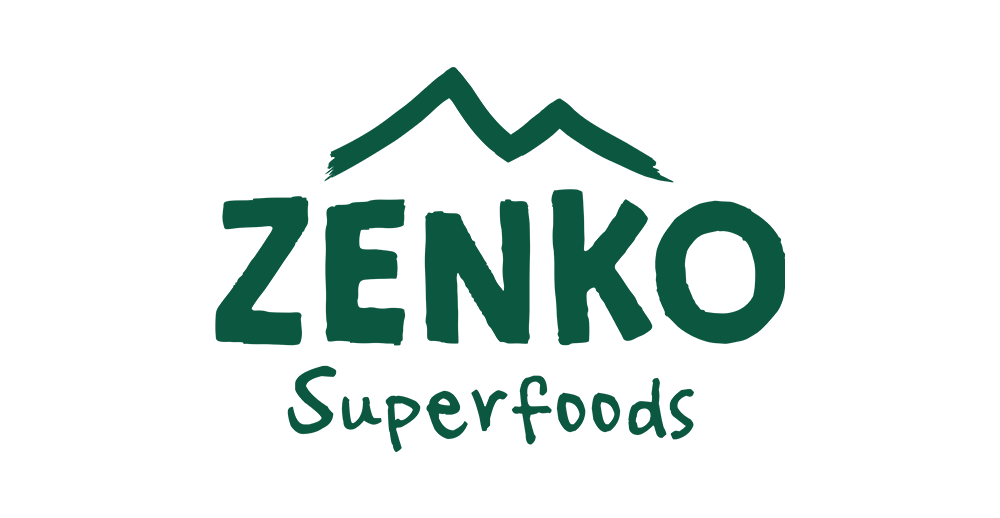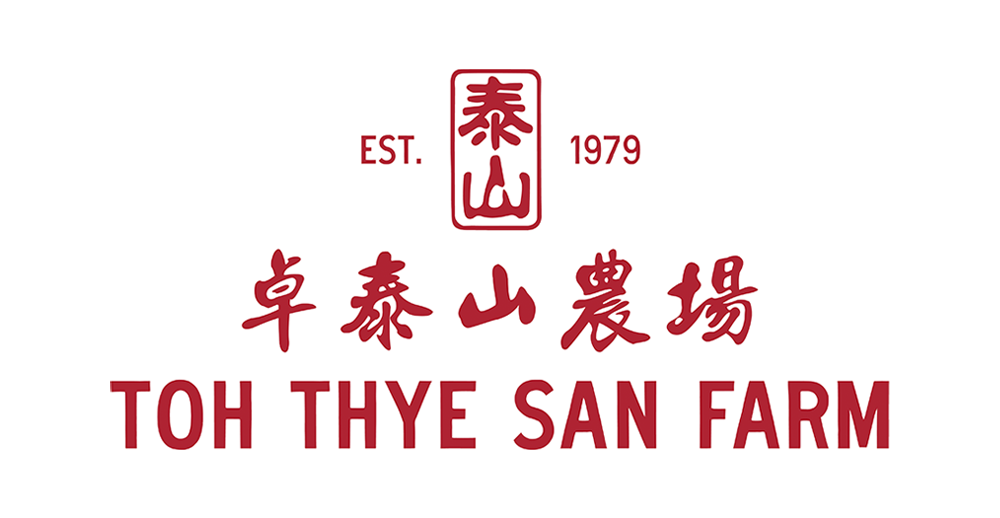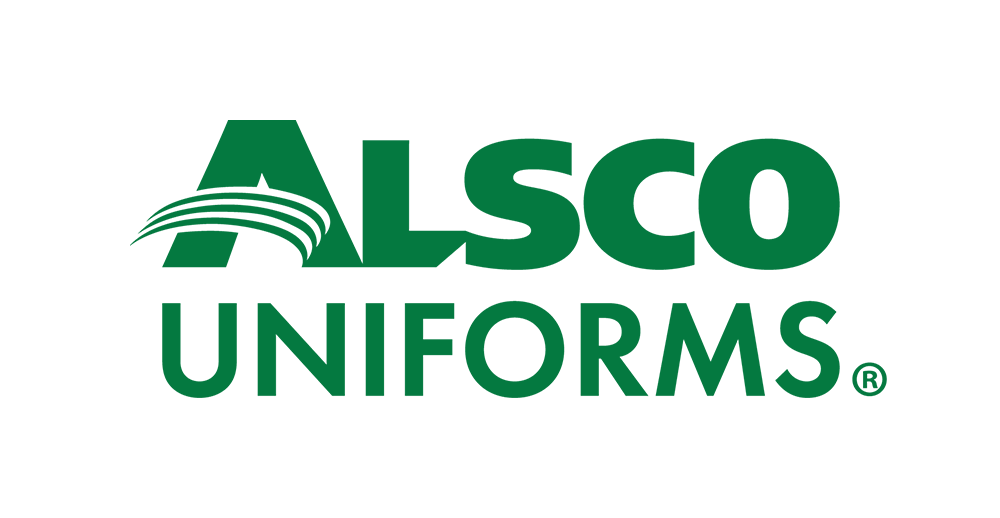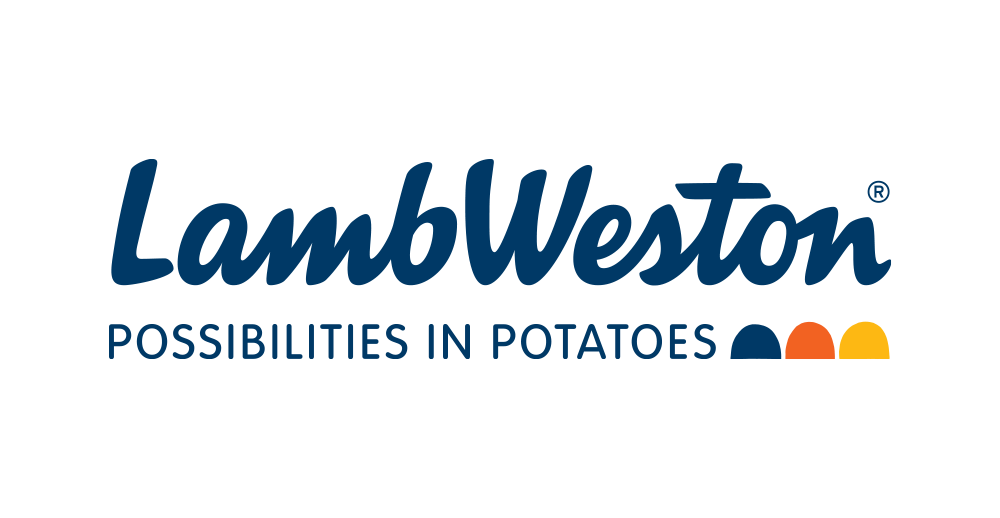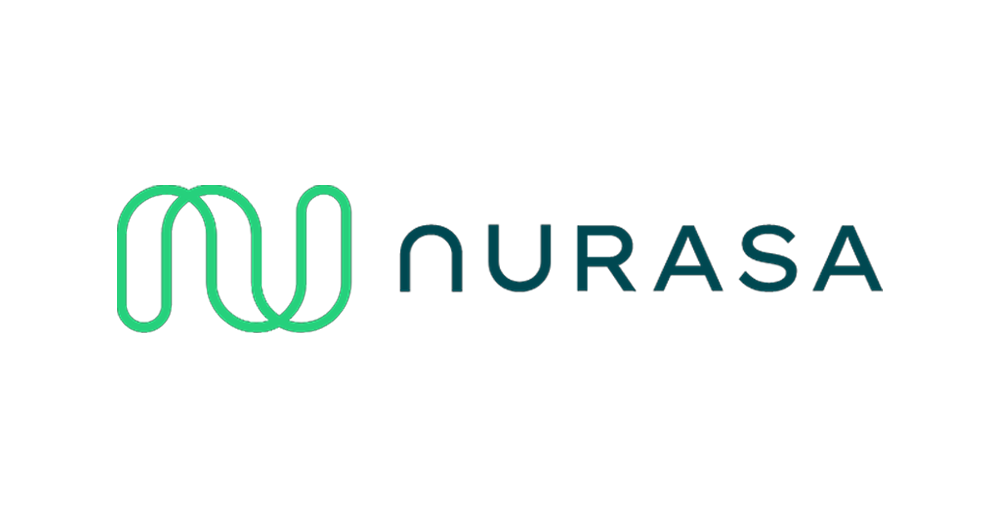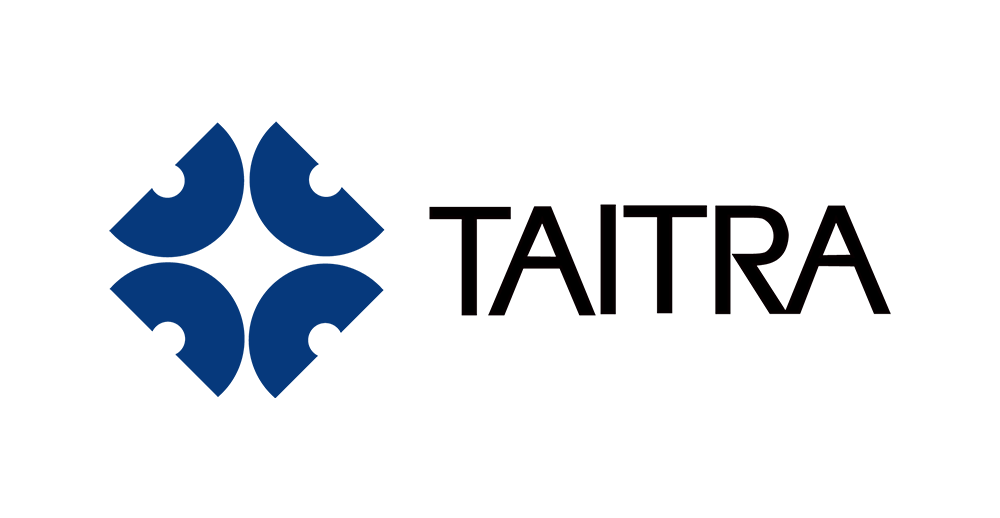The global trend toward health and wellness has sparked a growing demand for transparency in food labeling.
As consumers prioritize nutritional quality in their daily diets, labeling systems like Nutri-Score have become critical tools for guiding healthier choices. Today, the focus is not only on taste but also on balancing indulgence with nutrition.
This article explores what Nutri-Score is and its role in promoting health-conscious eating. You can be a food manufacturer looking to cater to informed customers, a restaurant owner keen to improve your menu offerings, or a consumer striving for better dietary decisions; the Nutri-Score system offers valuable insights.
What Is Nutri-Score?
The question of what Nutri-Score is precisely can be answered: it’s a front-of-pack food labeling system that grades products based on their nutritional quality.
Introduced in France in 2017, Nutri-Score uses a color-coded scale ranging from green (healthiest) to red (least healthy), assigning grades from “A” to “E.” This system simplifies nutritional information, making it accessible at a glance.
The Nutri-Score system addresses the increasing consumer demand for transparency by helping individuals make quick, informed decisions about their food choices.
Its adoption across European countries like Belgium, Spain, and Germany underscores its effectiveness. The goal? To encourage healthier eating habits and drive positive changes in food production.
Rooted in science, Nutri-Score evaluates foods based on their overall nutritional profile. Unlike traditional nutrition labels that overwhelm consumers with data, it distills complex information into a simple visual guide. As a result, the nutrition score has transformed how we understand food.
How Does Nutri-Score Work?
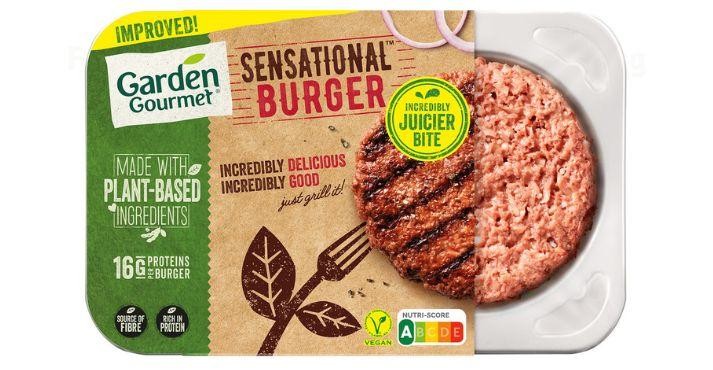
Comprehending the mechanics behind the Nutri-Score system reveals its effectiveness in simplifying complex nutritional data. This innovative labeling tool evaluates food products through a transparent, science-backed methodology. It presents the results in a visually intuitive format.
When balancing positive and negative nutritional factors, Nutri-Score assigns each product a grade that helps consumers make better food choices at a glance.
Calculation Methodology
The Nutri-Score calculator operates on a well-defined algorithm that assesses the nutritional profile of food products. It considers a wide array of factors and categorizes nutrients into two groups: positive and negative.
Positive Nutrients
Nutrients that are beneficial to health receive favorable scores. These include:
- Protein: Essential for muscle repair and overall body function.
- Fiber: Crucial for digestive health and maintaining a feeling of fullness.
- Fruits, Vegetables, and Nuts: Packed with vitamins, minerals, and antioxidants that support overall wellness.
Foods rich in these components are encouraged through the Nutri-Score system, earning points that push their grades toward the healthier spectrum (A or B).
Negative Nutrients
Nutrients that may harm health when consumed excessively lead to deductions in the overall score. These include:
- Sugar: Excessive sugar contributes to obesity and chronic diseases like diabetes.
- Saturated Fats: Linked to heart disease and other metabolic disorders.
- Sodium (Salt): High sodium intake can result in hypertension and cardiovascular issues.
- Calories: Excess calories without corresponding nutritional benefits can lead to weight gain.
The overall nutrition score of a product is calculated by subtracting the negative points from the positive ones. The resulting net score determines the product’s grade, ranging from A (healthiest) to E (least healthy).
For example:
- A cereal made with whole grains, low sugar, and high fiber might score an A, signaling a healthier choice.
- A sugar-laden dessert or snack with high sodium and saturated fats may score a D or E, warning consumers of its lower nutritional value.
Visual Representation

One of the most striking features of Nutri-Score is its simple yet powerful visual design. The system uses a color-coded scale to represent nutritional quality:
- Green: Denotes the healthiest options, corresponding to grades A and B.
- Yellow: Represents moderately healthy choices, falling under grade C.
- Orange and Red: Indicate products with lower nutritional value associated with grades D and E.
This intuitive representation makes it easy for consumers to evaluate a product’s health impact within seconds. For example:
- A yogurt labeled with a green A signifies that it’s low in sugar and saturated fats, making it a nutritious choice.
- A red-labeled dessert with an E grade warns of high sugar and fat content, encouraging moderation or alternatives.
The Nutri-Score system effectively eliminates confusion by consolidating nutritional information into a format that is both accessible and actionable.
Unlike traditional food labels filled with technical details, this approach aligns with consumer-friendly trends in transparency, as highlighted in balancing transparency and privacy in the food industry.
Moreover, the visual appeal of Nutri-Score resonates with global efforts to promote healthier lifestyles. You can be a health-conscious parent shopping for snacks or a business aiming to align with food processing standards, this system bridges the gap between complex data and practical decisions.
Importance of Nutri-Score in the Food Industry
The Nutri-Score system is transforming the food industry by advancing transparency, promoting healthier products, and empowering consumers. In today’s competitive landscape, businesses and consumers alike are seeking innovative solutions to align with global health trends.
Nutri-Score offers a practical approach to addressing these demands, benefiting both food businesses and the end-user.
Benefits for Food Businesses
For food manufacturers and businesses, the adoption of the Nutri-Score system represents more than compliance; it’s a strategic opportunity to stay ahead in the market.
As highlighted in trends in the meat sector, transparency in labeling builds trust with consumers and enhances brand reputation. When showcasing clear nutrition scores, companies signal a commitment to consumer well-being, advancing loyalty among health-conscious buyers.
A strong Nutri-Score can be a game-changer for brands. Products graded “A” or “B” are more likely to appeal to today’s informed consumers, who are actively looking for healthier options. This growing demand for nutritious choices drives businesses to innovate in product formulation. For example:
- Reducing sugar and sodium in snacks while maintaining taste.
- Adding beneficial ingredients like whole grains, fiber, or plant-based proteins.
The Nutri-Score system thus serves as an incentive for companies to align with evolving trends, such as food processing innovations, without sacrificing quality or flavor. This alignment not only boosts market competitiveness but also addresses global calls for healthier eating habits.
Consumer Impact

On the consumer side, Nutri-Score revolutionizes the way people approach food choices. With its simple, color-coded grading system, it removes the guesswork from interpreting nutritional labels.
This accessibility is especially beneficial for processed or packaged foods, where detailed information can often be overwhelming.
For instance:
- A parent shopping for family snacks can quickly identify healthier alternatives like whole-grain crackers (graded “A”) instead of high-sugar cookies (graded “D”).
- A health-conscious individual seeking indulgent treats can balance their choice with the Nutri-Score guide, adopting the concept of healthy indulgence.
This consumer-centric approach nurtures trust, empowering individuals to make informed decisions without sacrificing enjoyment. When aligning with transparency, Nutri-Score not only promotes health but also simplifies the journey for shoppers striving for a balanced lifestyle.
Nutri-Score vs. Other Food Labeling Systems
Food labeling systems worldwide aim to simplify nutritional information and encourage healthier choices, but each system takes a unique approach. Nutri-Score is among the most comprehensive, offering a balance between simplicity and scientific rigor.
However, understanding how it compares to other popular labeling methods, such as Singapore’s Nutri-Grade, the UK’s Traffic Light system, and Australia’s Health Star Rating, highlights its distinct advantages and limitations.
Singapore’s Nutri-Grade Labeling
Singapore’s Nutri-Grade labeling system stands out for its targeted focus on sugar and fat content in beverages. Introduced to combat the nation’s rising rates of diabetes and obesity, Nutri-Grade prioritizes addressing the consumption of sugary drinks, which are a major contributor to these health issues.
Unlike Nutri-Score, which evaluates a broader range of nutrients, including fiber, protein, and calories, Nutri-Grade assigns grades ranging from A to D based primarily on sugar concentration. For instance:
- A drink with low sugar and fat content may be labeled “A,” indicating a healthier option.
- Conversely, a sugary beverage with high saturated fats might receive a “D,” discouraging consumption.
This targeted approach reflects Singapore’s public health priorities and aligns closely with food safety practices designed to promote healthier living. However, its narrow focus limits its applicability to other food categories, making it less comprehensive than Nutri-Score.
For example, while Nutri-Grade effectively addresses beverage consumption, it doesn’t offer insights into packaged foods or meals, which are evaluated holistically under the Nutri-Score system. The latter’s ability to guide consumers across multiple product types gives it an edge in promoting overall dietary improvements.
Traffic Light System in the UK
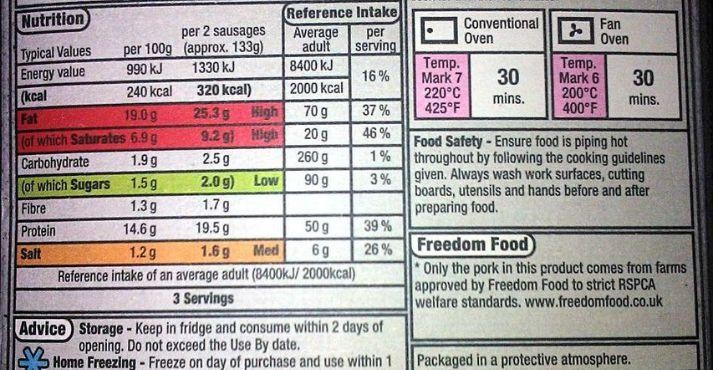
The UK’s Traffic Light system uses a similar color-coded design to Nutri-Score but focuses on individual nutrients rather than assigning an aggregated grade. It evaluates three key components:
- Fat: Including saturated fats.
- Sugar: Highlighting total sugar content.
- Salt: Indicating sodium levels.
Each nutrient is marked with a red, amber, or green label, signaling whether the content is high, medium, or low, respectively. For example:
- A snack with high sugar and fat but low salt may feature red labels for sugar and fat but a green label for salt.
While the Traffic Light system is highly intuitive, its lack of an overall nutrition score can make it challenging for consumers to compare products across categories.
For instance, a consumer may struggle to decide between two products where one has more green labels but also some reds, while the other has ambers across the board.
In contrast, Nutri-Score consolidates this information into a single grade, such as A or C, providing a clearer picture of a product’s overall healthiness. Additionally, Nutri-Score evaluates positive nutrients like fiber and protein, which the Traffic Light system doesn’t account for.
Health Star Rating in Australia
Australia’s Health Star Rating provides another approach to front-of-pack labeling. Like Nutri-Score, it assesses both positive and negative nutritional attributes. Products are assigned a star rating ranging from 0.5 to 5 stars, with higher ratings indicating better overall nutritional quality.
For example:
- A breakfast cereal high in fiber and low in sugar might earn 4 stars.
- A sugary snack with minimal nutritional value may receive 1 or 1.5 stars.
While effective, the star-based system can be less intuitive than Nutri-Score’s color-and-letter combination. Consumers may find it harder to grasp the significance of half-star differences compared to the clear visual impact of Nutri-Score’s green-to-red spectrum.
Moreover, the Health Star Rating primarily targets packaged foods and does not extend to beverages, which are covered under Singapore’s Nutri-Grade labeling. Nutri-Score’s versatility in grading a wide range of products gives it broader applicability, addressing gaps left by both systems.
The Global Landscape of Food Labeling
Each food labeling system offers unique advantages tailored to specific regional or national health priorities:
- Nutri-Score provides a holistic evaluation, balancing simplicity and comprehensiveness.
- Nutri-Grade focuses on sugar and fat content, making it ideal for addressing specific health concerns like diabetes.
- Traffic Light simplifies nutrient analysis but lacks an aggregated score.
- Health Star Rating offers a straightforward numeric system but may be less intuitive visually.
When understanding the strengths and limitations of these systems, businesses, and policymakers can choose or adapt models to better serve public health goals.
For consumers, Nutri-Score stands out as a user-friendly and scientifically robust guide for making informed dietary decisions across diverse product categories.
Conclusion
Comprehending Nutri-Score and what it represents is a groundbreaking step in food labeling. When simplifying complex nutritional information into an easy-to-read format, Nutri-Score benefits both consumers and businesses.
For food manufacturers, it advances innovation and transparency, while for consumers, it offers a straightforward guide to healthier eating.
Adopting tools like the Nutri-Score system aligns with global trends in transparency and health consciousness, as highlighted in trends in the frozen food market.
You can be shopping for your family or designing a new product; nutri-score provides a pathway to better choices and a healthier future.




